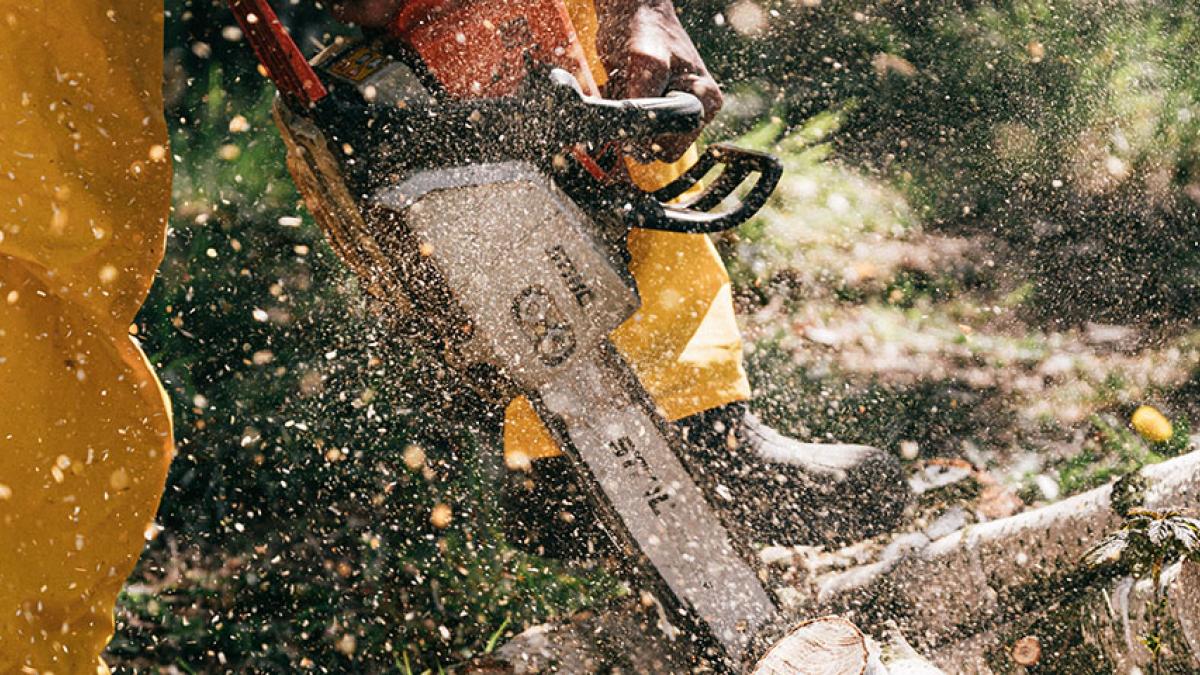
This last fall, Oregon loggers found themselves on the front lines of wildfire disasters across the Pacific Northwest. As first responders, they took down hazardous trees, joined the firefighting effort and helped neighbors in need. These workers are a testament to the ingenuity of the agricultural workforce. When natural disasters strike, working communities step up - using the skills and equipment of the industry.
Even on typical work days, forestry jobs closely match the work of first responders. Staying alert and strong is key to staying safe, but it isn't easy. Especially with long days, traumatic incidents, fatigue, and a slew of stressors to manage. NIOSH/CDC has designed a guide for first-responders, Long Work Hours and Fatigue Training, with spot-on management tips that Ag Industries can also implement. We hope you find these strategies helpful.
We also recommend guidance from these trusted sources:
- Fatigue Management. BC Forest Safe offers strategies for log hauling and log camps such as shift scheduling, and driver support.
- Fatigue Management Guidelines for the Forestry Industry. From WorkSafe Victoria is a comprehensive guide on causes of fatigue, recognition of symptoms, and assessment of risks.
- Emergency Preparedness and Response. CDC’s ‘‘Topics’ list links to an extraordinary catalog of practical guidance ranging from chemical spills, to natural disasters, to stress and fatigue.
- Total Worker Health Resources. Employers will find toolkits and trainings to bring to their teams, including fatigue and stress management, safety climate, workplace policies, employee wellbeing evaluation.
- Sleep Disorders Facts and Healthy Sleep Tips. If sleep is the concern, the American Academy of Sleep Medicine’s educational arm has excellent resources.


